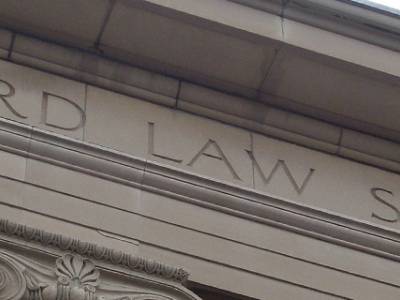All law schools use a diversity indices for their LLM decisions but use different yardsticks within each index. Many lower-ranked law schools will often deliberately avoid accepting too many stellar applicants if they believe those people would turn them down (for a place at a Harvard - for example). It's not simply about egos and a desire to avoid snubs; the truth is that refusal by accepted candidates makes the admission process a headache for law schools. Admission committees therefore have to not only evaluate the absolute suitability of an applicant (is her academic record better than others? Has she more relevant experience than others? More awards?) but also whether she is likely to accept an offer (if made).
There will always be a certain amount of yield-protecting but it's mostly a numbers game. Harvard and Yale are probably the most cautious because their brand is so strong. I think it's about 60-75% yield for Harvard and Yale so they can't make many excess offers. A lot of the other schools have a high degree of flexibility because their yield may be in the range of 20-35%. It's not like the JD program where a few extra students will ruin their class size for mandatory classes- they can afford to integrate a few extra LLM students in the 2L & 3L classes. Let's face it, schools claim to be interested in diversity and other factors but the students with the best numbers will get the most offers. The others will struggle to get into top programs. It's a popularity contest and the schools have experience working the numbers.




